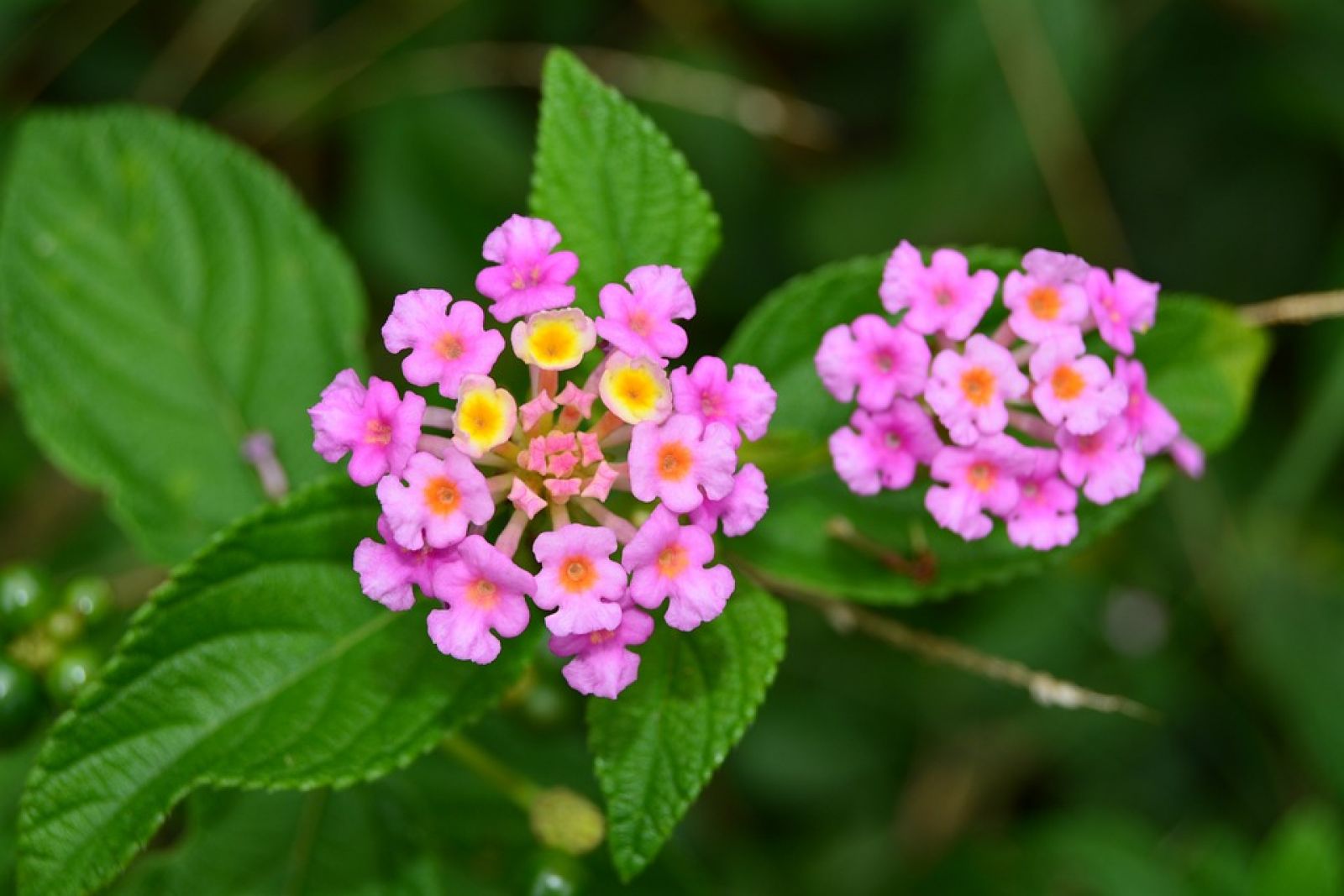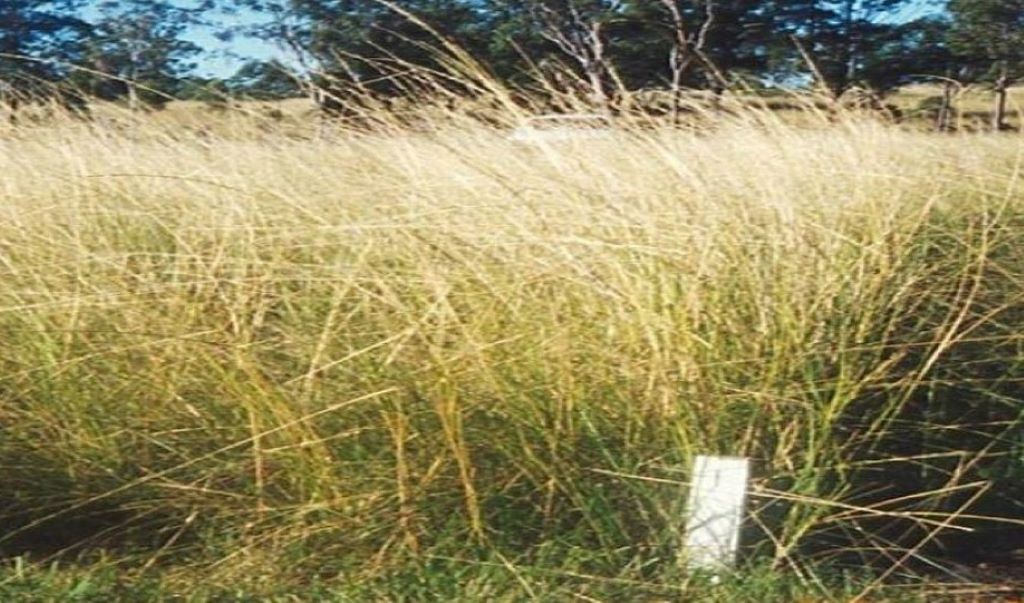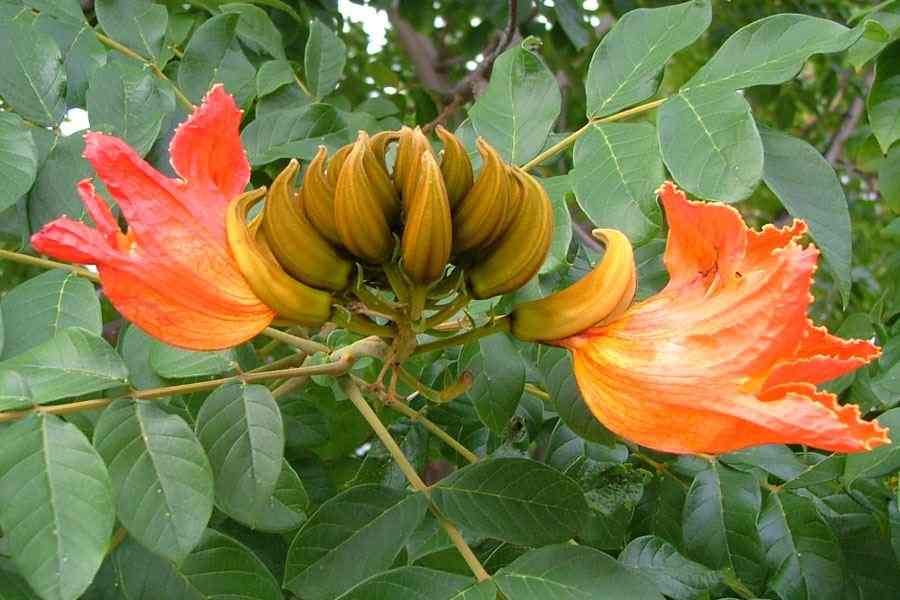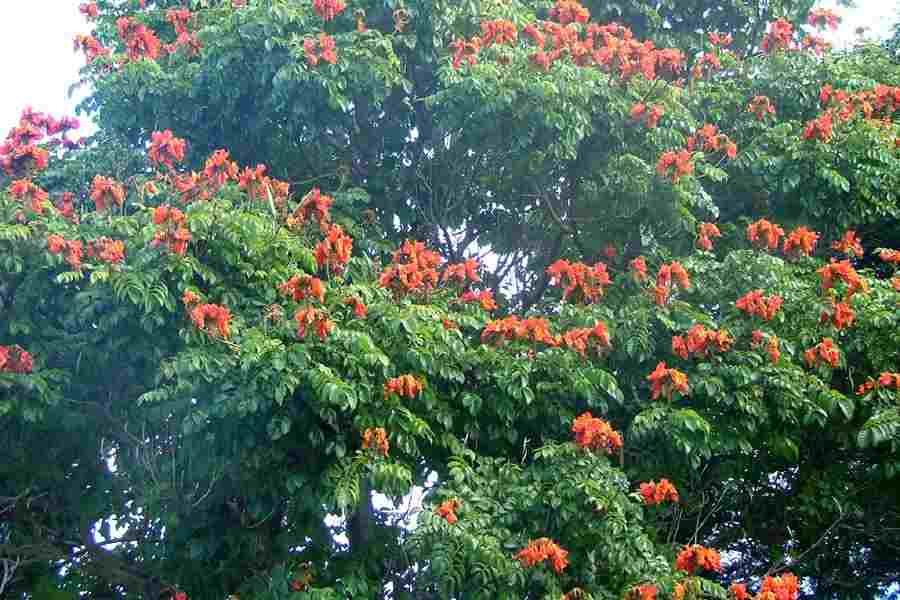Weed Alerts
We work hard to keep our environment as safe and free from weeds as possible, so everyone can enjoy the incredible natural environment that Port Stephens has to offer.
Giant Parramatta Grass
(Sporobolus fertilis)
Giant Parramatta Grass (GPG) is a tall, perennial weed that is commonly found in the eastern regions of Australia, including New South Wales and Queensland. It has long, slender leaves that are rough to the touch and can grow up to one meter in length. GPG produces large, fluffy seed heads that can reach up to one meter in length and contain thousands of seeds that are easily dispersed by wind or water.
GPG is considered an invasive species, which means that it can outcompete and displace native plants, leading to a reduction in biodiversity. The weed is also a threat to agriculture and industry, as it can reduce the productivity of farmland and grazing areas. GPG's fast growth rate and ability to produce a large number of seeds make it challenging to manage, and it can quickly spread to new areas if left unchecked.
Useful links:
- Profile, control and other useful information: https://weeds.dpi.nsw.gov.au/Weeds/GiantParramattaGrass
Giant Parramatta Grass significantly impacts on the environment, agriculture, and industry. The following are potential impacts of GPG:
- Reduction in Biodiversity: GPG is a competitive plant that outcompetes native pasture species, reducing the biodiversity of an ecosystem. This can have a cascading effect on other processes such as water filtration, and decreasing the nutritional value of pastures.
- Decreased Productivity of Farmland and Grazing Areas: GPG can reduce the productivity of farmland and grazing areas by displacing native pastures and competing with crops for water and sunlight. This can lead to decreased yields and quality of crops, and can also affect the health and productivity of livestock due to its’ low nutrient content.
- Increased Fire Hazard: GPG can create an increased fire hazard, as it dries out it creates dense layers of thatch that provide fuel for wildfires. This can be a particular concern in areas that experience hot and dry conditions, such as in the summer months.
It is important to manage GPG to prevent these potential impacts and protect the environment, agriculture, and industry.
Identification:
Giant Parramatta Grass (GPG) is a tall, perennial grass that can grow up to 2 meters in height. Its leaves are long and narrow, with a distinctive midrib that extends the length of the leaf. The leaf sheaths are also distinctive, as they are often covered in fine hairs or bristles. GPG seedheads are large and feathery, growing up to 60 centimeters in length, and are composed of many spikelets, each containing several florets.
The spikelets are arranged in a loose, open panicle that is branched and spreading. The seeds of GPG are small and black, growing up to 2 millimeters in length, are narrow and cylindrical with a pointed tip. When mature, the seedheads of GPG break apart easily allowing them to be carried by the wind, leading to its’ spread.
Managing GPG:
Mechanical control methods involve physically removing GPG from an area. This can be done through mowing or slashing the grass at least once a year before seed set. Regular cultivation can also weaken the plant over time.
Chemical control methods involve the use of herbicides to control GPG. Herbicides containing glyphosate, imazapic, or metsulfuron-methyl are effective in controlling GPG, but they should be used with caution and applied by licensed applicators only.
Biological control methods involve using natural enemies to control GPG. Nigrospora oryzae is a fungus that has shown promise as a biological control agent for GPG. However, it is currently only available for commercial use by licensed applicators.
It is important to note that effective control of GPG may require a combination of these control methods.
If you suspect you have GPG on your property, it is important to take action immediately to prevent its spread. Early detection and reporting to relevant authorities can help to limit its spread and reduce its impact on the environment, agriculture, and industry.
African Tulip Tree
(Spathodea campanulata)
Images courtesy of Sheldon Navie
We've been working with the Department of Planning and Environment (DPE) and Hunter Local Land Services (Hunter LLS) to find out if there have been any local impacts from the “African tulip tree” (Spathodea campanulata).
It's been reported that this species may be causing a significant impact on native bee populations, and other bug and insect species because the nectar and pollen of this tree species cause high mortality rates.
This species is not currently regulated in NSW, but in QLD the tree is listed as a ‘category 3 restricted invasive plant’ under the ‘Biosecurity Act 2014’. The African Tulip Tree is also identified as a major invasive species in South America and is regarded to be among the top 100 worst invasive alien species in the world.
If you think you may know the location of an African tulip tree, please take a photograph and report the location to the PSC Environmental Operations team at: weeds@portstephens.nsw.gov.au so they can investigate and manage as required.
Useful links:
- Identification and other useful information: keyserver.lucidcentral.org/weeds/data/media/Html/spathodea_campanulata.htm
- Study on the effect of toxic nectar and pollen from African tulip tree: periodicos.uefs.br/index.php/sociobiology/article/view/524/616
- Control information and QLD legislative requirement: daf.qld.gov.au/__data/assets/pdf_file/0007/52846/african-tulip-tree.pdf
Sea Spurge
(Euphorbia paralias)
New infestation to Port Stephens found at Kingsley Beach, Boat Harbour. Further infestations have been found across Boat Harbour beach and Samurai Beach.
Sea spurge is a coastal weed that grows in thick patches along the dunes closest to the water. It spreads quickly and can:
- Change the natural shape and structure of dunes
- Ruin nesting areas for threatened shorebirds
- Reduce the number of native plants
- Can irritate skin and eyes due to its poisonous sap
Sea Spurge spreads by seeds. Seeds can spread a few metres from the parent plant when seeds ‘explode’ out of their capsules. The seed can also travel long-distances, floating in seawater for several years and can wash up on far-away beaches.
Seeds can also be spread by vehicles, ballast water, or contaminated sand or soil.
Control:
Small and moderate infestations can be removed by hand, while larger infestations can be chemically controlled.
If you think you may know the location of a sea spurge, please take a photograph and report the location to the PSC Environmental Operations team at: weeds@portstephens.nsw.gov.au so they can investigate and manage as required.
Useful links:
- Identification and other useful information: https://weeds.dpi.nsw.gov.au/Weeds/Seaspurge
- Management and background: https://research.csiro.au/nswweeds/sea-spurge








